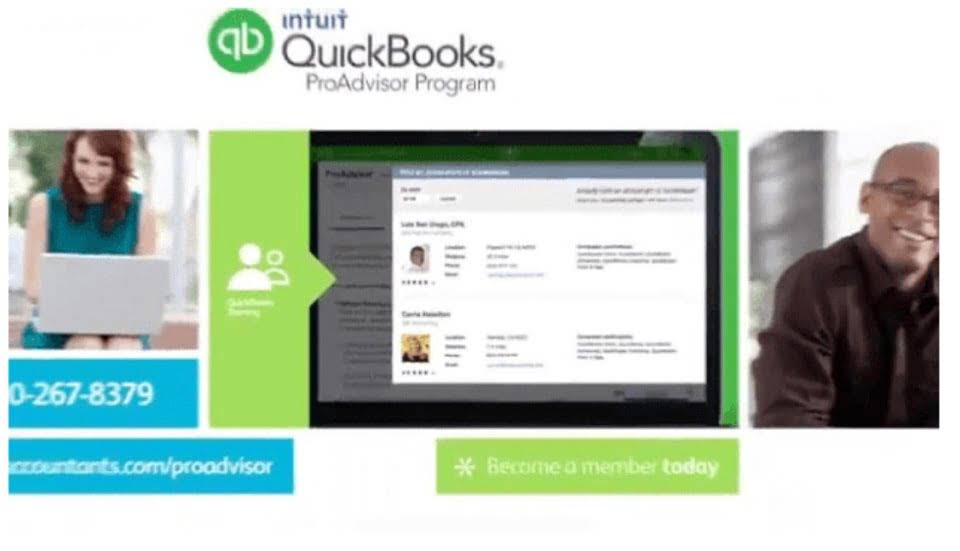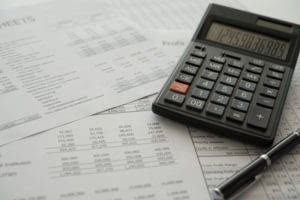
If you don’t update your books, your report will give you an inaccurate representation of your finances. Business owners typically have a mortgage payable account if they have business property loans. Now that you’ve brushed up on liabilities and how they can be categorized, it’s time to learn about the different types of liabilities in accounting. Capital refers to the net interest in the company and is equal to total assets minus total liabilities. Cash is an account that stores all transactions that involve cash receipts and cash payments.
Notes To the Financial Statements
Liabilities are part of every transaction recorded through double-entry accounting. In this system, every financial event affects at least two accounts. They’re possible obligations, i.e., things a business might have to pay, depending on what happens in the future. They’re not guaranteed, but you still need to track them as they could become real. Liabilities are the commitments or debts that a company will eventually have to pay, whether in cash or commodities. It could be anything, from repaying its investors to paying a courier delivery partner just a modest sum.
Taxes Payable

The noncurrent balance sheet item other assets reports the company’s deferred costs which will be charged to expense more than a year after the balance sheet date. In addition to our balance sheet templates, our business forms also offer templates for the income statement, statement of cash flows, and more. In the account form (shown above) its presentation mirrors the accounting equation. That is, assets are on the left; liabilities and stockholders’ equity are on the right.
Accounting for Liabilities
This classification accounting helps in better financial planning and analysis, providing a clearer picture of an organization’s obligations. For the past 52 years, Harold Averkamp (CPA, MBA) hasworked as an accounting supervisor, manager, consultant, university instructor, and innovator in teaching accounting online. For the past 52 years, Harold Averkamp (CPA, MBA) has worked as an accounting supervisor, manager, consultant, university instructor, and innovator in teaching accounting online. As you can see, each account is listed numerically in financial statement order with the number in the first column and the name or description in the second column. To reflect this transaction, credit your Investment account and debit your Cash account.


The reported amount on the retailer’s balance sheet is the cost of merchandise that was purchased, but not yet sold to customers. Liabilities play a significant role in shaping a company’s financial ratios, which are essential tools for evaluating its financial performance and stability. One of the most affected ratios is the debt-to-equity ratio, which measures what accounts are liabilities the proportion of a company’s financing that comes from debt compared to equity.
You would https://www.bookstime.com/ classify a liability as a current liability if you expect to liquidate the obligation within one year. If there is a long-term note or bond payable, that portion of it due for payment within the next year is classified as a current liability. Most types of liabilities are classified as current liabilities, including accounts payable, accrued liabilities, and wages payable. Contra accounts are integral to financial statements, providing a nuanced view of a company’s financial position. Positioned alongside their related accounts on the balance sheet or income statement, they reflect adjustments such as depreciation, allowances, or returns.
- Because accounting periods do not always line up with an expense period, many businesses incur expenses but don’t actually pay them until the next period.
- Liabilities significantly affect a company’s financial well-being, as mismanaged or excessive liabilities can strain cash flow, increase risk, and impact creditworthiness.
- Liabilities are one of 3 accounting categories recorded on a balance sheet, along with assets and equity.
- If it goes up, that might mean your business is relying more and more on debts to grow.
- If your books are up to date, your assets should also equal the sum of your liabilities and equity.
- Companies segregate their liabilities by their time horizon for when they’re due.
A high debt-to-equity ratio may indicate that a company is heavily reliant on borrowed funds, potentially increasing its financial risk. Conversely, a lower ratio suggests a more conservative approach to financing, which might appeal to risk-averse investors. Explore the essentials of liabilities in modern accounting, their types, and their impact on financial reporting and ratios. You can think of this like a rolodex of accounts that the bookkeeper and the accounting software can use to record transactions, make reports, and prepare financial statements throughout the year. Modified cash-basis and accrual accounting use the same accounts, which are advanced accounts such as AP and long-term liabilities. Keeping track of your different types of accounts in accounting can be a challenge.
- This recognition is crucial as it ensures that all financial obligations are recorded in a timely manner, providing a transparent view of the company’s financial health.
- Liabilities are settled over time through the transfer of economic benefits including money, goods, or services.
- They are also classified into current (short-term) and non-current (long-term) liabilities.
- That is, assets are on the left; liabilities and stockholders’ equity are on the right.
- Accounts payable is a company’s obligation to pay for goods and services received on credit, typically within 30 to 90 days.
- This level of precision is vital for investors and analysts assessing market performance and customer satisfaction.
Types
Examples of accrued expenses include wages payable, interest payable, and rent expenses. Assets and liabilities in accounting are two significant terms that help businesses keep track of what they have and what they have to arrange for. The latter is an account in which the company maintains all its records such as debts, obligations, payable income taxes, customer deposits, wages payable, and expenses incurred.
We will discuss more liabilities in depth later in the accounting course. Notes Payable – A note payable is a long-term contract to borrow money from a creditor. These debts usually arise from business transactions like purchases of goods and services. For example, a business looking to purchase a building will usually take out a mortgage from a bank in order to afford the purchase. The business then owes the bank for the mortgage and contracted interest. But there are other calculations that involve liabilities that you might perform—to analyze them and make sure your cash isn’t constantly tied up in paying off your debts.
